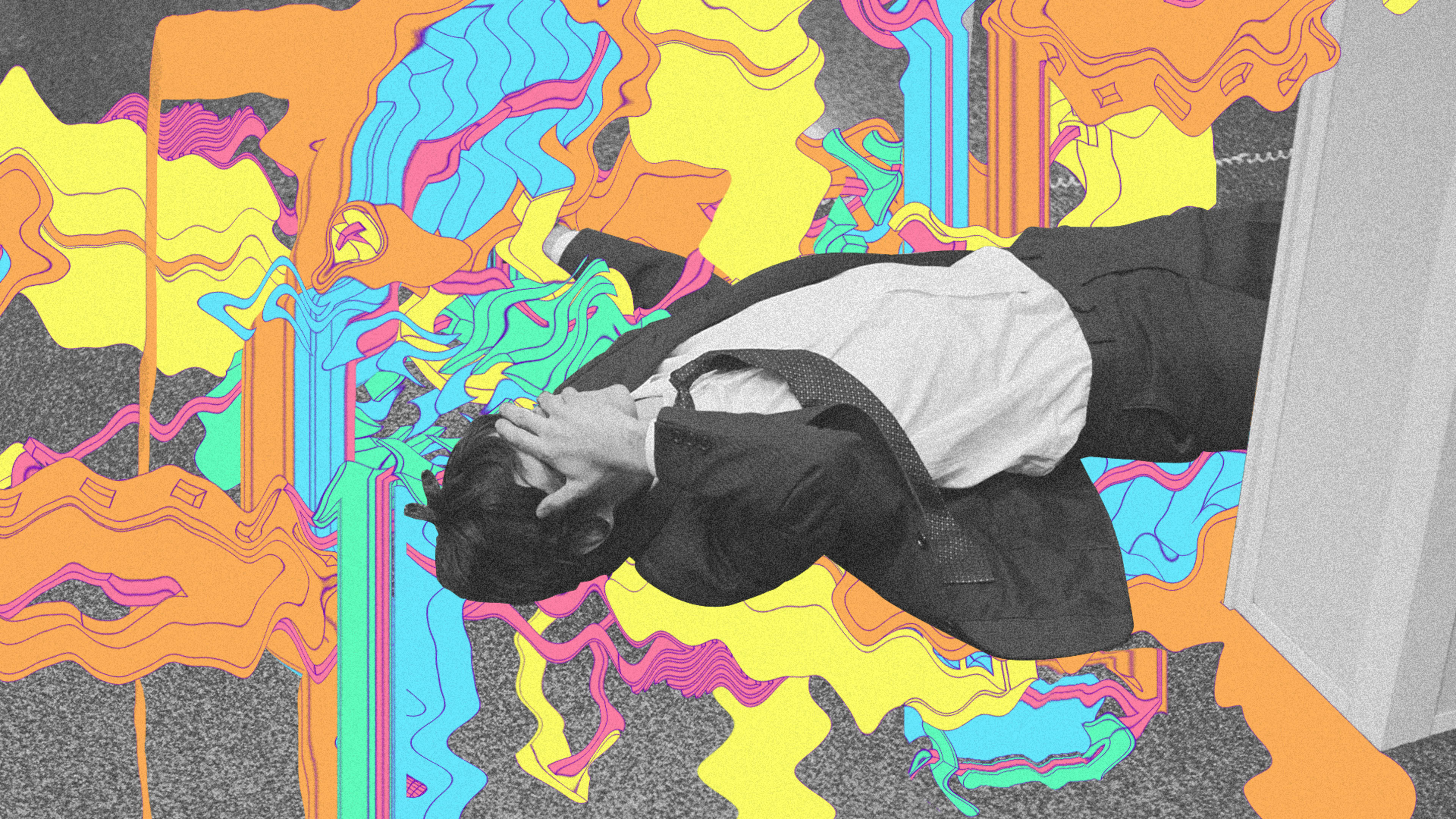The culture of failure has changed dramatically in the past decade. Thanks to mantras like “fail fast, fail often,” the concept of failure as a necessary part of success is now mainstream. Such feel-good slogans don’t necessarily make it any easier to go through as an artist or designer, though.
Since it launched in 2016, The Creative Independent–a resource for creative people with a deep archive of how-to guides and interviews–has asked dozens of working artists how they handle failure. Below, you’ll find their advice on everything from dealing with rejection to finding the best inspirational talk to watch on YouTube.

Find the “Zone Of Proximal Enjoyment”
“Small failures and confusions, I think, are really generative. There’s this idea in educational psychology called the zone of proximal development. You know this as a parent of young children learning to read—you can’t give somebody a book that is so hard for them that they’re just gonna get frustrated and not be able to read or enjoy it. And you can’t give them a book that is so easy that it’s gonna be a baby book, right? We think about this in terms of children, but I also think it’s true of adults. In children, the zone of proximal development is the area in your own cognition where you’re just capable enough, but not perfectly capable, so that there’s a little bit of a stretching, where you have to work a little bit to get something, but then the reward is really big.” —Author Eve Ewing on challenging your own ideas of failure

Take The Long View
“I think I fail, like, every day. But there have definitely been things where I thought they failed tremendously, and then for whatever reason someone sees it and understands it. Sometimes it’s years later . . . [M]y drone paintings are an interesting example of that. When I made them initially, it was because I wanted to try action painting in a way that didn’t utilize brushes. After I made them, people were like, ‘that’s really funny,’ or ‘yeah, that’s totally a good idea,’ but after that the interest died out. Then, five or six years later, people started rediscovering the stuff and thought it was fascinating. . . [I]t’s about being in the right moment for the right ideas. And if it’s not the right time, then, yes, things can fail tremendously. But in general, I’m constantly failing, so I don’t really use that as a metric. I make the work I make because I need to express something, or because I have an interest in researching something. Then once it’s out there, it’s just out there.” —Artist Addie Wagenknecht on timing

Visualize What Comes After
“There’s no way to know [how to develop your work] without just fucking fail, fail, fail, fail, failing at it. I mean, failure is such a boring old trend now. Everybody knows that failure is the key to everything. But then what’s next? If we know that failure is the way to get anything done that feels good, then it’s about getting the space to imagine the actual utopia that follows it. So yes, fail, but also allow yourself to imagine what could come next—not the perfect world inside of this world, but the perfect world that seems impossible. That is the thing that I hope comes out of a million failures.” —Writer, comedian, performance artist, and singer Erin Markey on trusting yourself

Trust yourself, even in uncertainty
“Usually most people look at your success and that’s all they see. They don’t see how many times you have fallen, or that you took a leap and you didn’t exactly make the jump. Or that it came up a bit short. It’s like playing Mario and Mario dies trying to jump that cliff. I’ve died quite a few times. . . .
“I learned to trust myself even in that failure. Especially when I’m having a creative block. Me and Holly [Herndon] were just talking about that not too long ago—creative blocks. That’s another thing a lot of people don’t touch on, because as an artist you put something out and people are excited like, ‘Yeah! yeah yeah! When’s your next project?’ And you have to kind of be like, ‘Unfortunately guys, these don’t just fall out my butt.’ Give me a little bit of time, you know? People are like, ‘So now what do you think is coming up next?’ and sometimes I’m just like, ‘I’m just as unsure as you . . . If not more so.” —Musician, producer, and DJ Jlin on learning from failure

Avoid Binaries
“Failure to me is lack of movement, or retreat, and wasted talent. There is no success to be found in these things, only in their avoidance. I feel I’m both a failure and success at the same time and in varying ratios depending on the time of day, but I don’t dwell on the idea too much or see it as something to worry about.” —Artist, filmmaker, and video game designer David OReilly

It’s Just Pain Management
“Success is being able to live with as little pain as possible, and then failure is the necessary pain that you need to go through. It’s all about managing pain levels for me.” —Artist Petra Cortright on having the confidence to create anything you want

When All Else Fails, find an inspirational talk or podcast
“One thing I do when I feel like a failure or have stopped believing in myself is watch inspirational talks. Even though I call myself a designer rather than an artist, I still pour a lot of myself into my work. Often, whatever is happening with my work can feel like it’s happening to me on a personal level. I don’t know if this is unhealthy or just the way to make work that matters. Whatever it is, there are times when the creative process can get me down and all I want to do is run away, or give up altogether.
“But over the years, I’ve found that listening to a good talk ensures that I don’t hide or flail forever. I’ve been gathering this list of talks for a few years at this point, and can say with certainty that they pretty reliably keep me from bottoming out. Some of the talks are inspirational, some are reassuring, and some are tactical. They come from pretty obvious sources: commencement speeches, TEDx talks, School of Life videos. Honestly, it’s kind of embarrassing to share them publicly, since they feel so hokey when viewed all together out there in the open!” —Experience designer Ida C. Benedetto on what to watch to keep believing in yourself
Recognize your brand’s excellence by applying to this year’s Brands That Matter Awards before the early-rate deadline, May 3.
